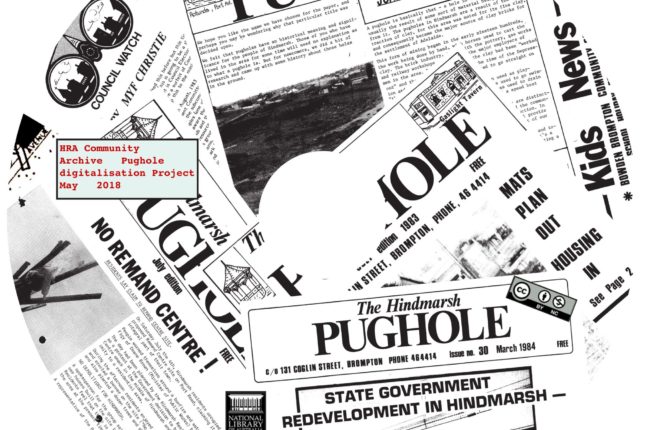
Just as you might create files to store information about objects in your collection, you can easily develop well-organised research files.
These are valuable for collecting information about subjects and themes related to objects, collections and your region and its history.
They might contain hand-written notes, photocopies (labelled with where they came from), print outs from websites (again make sure web address, and date of viewing are listed), lists of further possible references, related correspondence, newspaper clippings (labelled with name of paper and date).
If the files begin to grow, it might be good to include an index at the front. Usually files are read from back to the front, with the oldest folios filed first and later ones added on top.
You should write a clear name or subject area on the file to identify what kind of information is held within it.
If you also keep documents electronically or make notes in Word documents, giving your computer file the same name as your paper file can be useful for identifying all the information you have about a particular subject when you need to refer to it.
